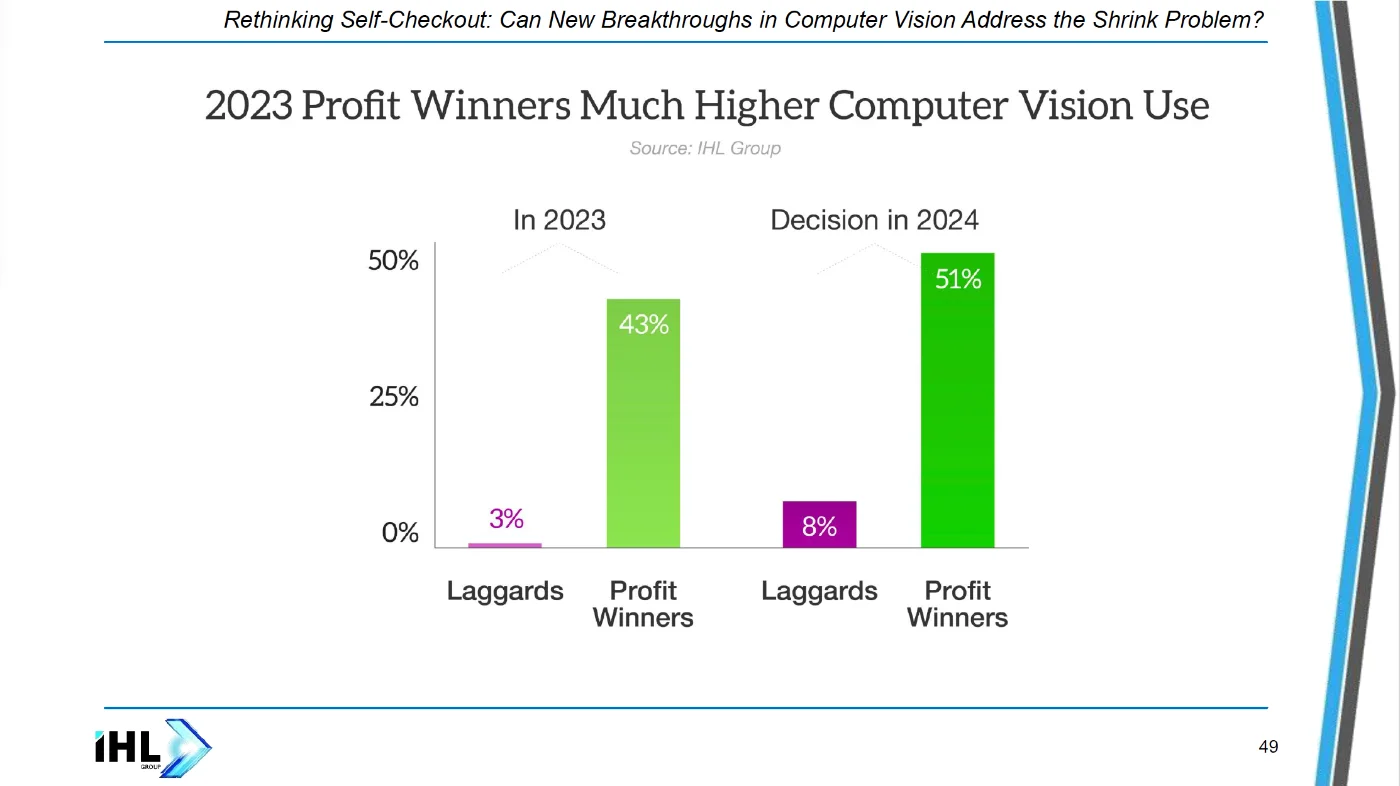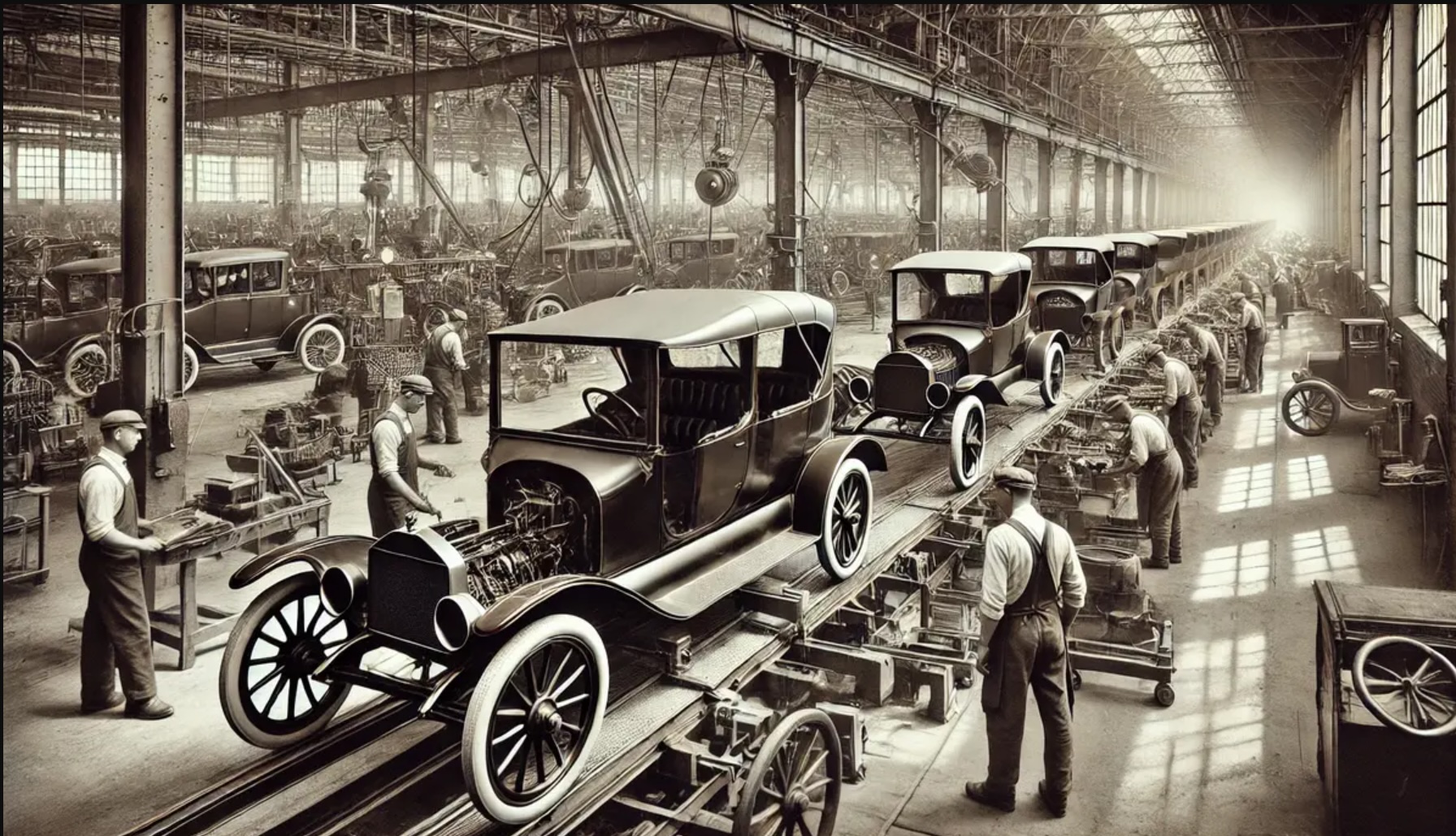Welcome to “From Idea to Impact”, a new video interview series hosted by UltronAI CEO Stefanos Damianakis. In this series, Stef will be interviewing pioneers, experts, and luminaries across a wide spectrum of disciplines, from technology innovators to business savants.
In this series, we’ll explore how these technology visionaries and business leaders drive success, advance innovations, and redefine expectations. By talking with people at the top of their craft about their experiences, we hope to gain insights from their setbacks and triumphs and find a little something in every story that we can apply to our own challenges.
While podcasts are the medium du jour for such conversations, we’ve decided to break each video interview into digestible chunks rather than as a longer form episode in the hopes that it’s a little easier to consume and fit into your day. On this blog, you’ll always get the longer Q&A if we spark interest in a deeper dive.
Disclaimer: The views and opinions expressed on this video series by the host and guests are their own and do not reflect the opinions or positions of their respective employers. The content provided is for informational purposes only.
In this first episode, we speak with John Goodwin, director of product management at Fujitsu.
John, tell us about how you got started in Retail
I’ve been in the retail industry for about 41 years now. I started right out of college; it was the early 80s.
NCR came along at that time and offered me a job, and I went into the retail industry. We started developing cutting edge point of sale solutions that were unbelievable at the time. And then I moved into electronic shelf labels, kiosks, self checkout, all types of self service, in the ATM space and everywhere else.
My first job was to create the very first dual automatic switching point of sale system in the world. Up to that point, they had dual systems out there. But if that processor went down, somebody had to run to the back of the store, hit the manual switch to switch over to the secondary, all the items had to be rerun. It was absolutely horrible customer experience. And we were going to create the first automatic switching solution in order to be able to do it.
All the people in edge computing and cloud computing now, they laugh: How could you even produce a system that didn’t have that kind of capability? But that’s the way it was—we didn’t have the processing power back then.
I never thought I would stay in the retail industry for this long. I thought I would be just a couple of years, and then I turned into a lifer.
What are the biggest technological changes that you’ve seen over the course of the decades you’ve been in retail?
There are three that come to my mind. Computers in general, development languages, and data connection speeds are probably the three.
The computers I worked on in the beginning went in the back of a retail store, were the size of a refrigerator, and they only had 64k of memory. So we were very limited. When we developed something, and we needed a global bit of memory, not a byte, not a double byte, we needed a bit of memory. We had to go to a board to apply for that little bit of memory, in order to be able to store a flag. It was crazy.
For computer languages, most of the stuff was written in Assembler back in the day. You didn’t get into C until a little bit later on. So these advanced languages that are there today that give way to Agile development—they didn’t exist. I love agile! It gives me the opportunity to be able to turn fast and do things today that we never could do before. Failing fast is phenomenal. I’d rather fail fast than fail slow. Learn from those mistakes and keep moving, but you couldn’t do that in the past.
And finally, data connection speeds. Retailers couldn’t afford the pipes going into those stores that we’ve got today in order to be able to have cloud computing and things like that. It was just an unheard of cost. There were no cell phones; there was nothing like that at the time.
As point of sale solutions have evolved, there’s been a huge change for point of sale solutions. How do you see the impact on the customer experience?
It’s happening every day. It’s so much easier to remove the friction from the past that we used to have all the time that we just couldn’t get around. A perfect example of an evolution is the old coupon days, the manual verification of coupons where you had to match the coupon to the product itself.
You would have the shopper who came in with 25 coupons. And you would have to say, Okay, did you buy Charmin in the 12 pack, and you’d have to look to see if it was Charmin in the 12 pack or whatever else. And then they came up with bar coded coupons to where you could scan them. And it was the point of sale system that could verify that yeah, there was a 12 pack of Charmin against that transaction. And now we have digital coupons, you very rarely see physical coupons in there anymore.
So it’s that whole removing of friction every day. And that’s just one example.
There are hundreds of examples of removing friction. I laugh when people say, I’m going to do a frictionless check out because there is no such thing as frictionless. We’re going to remove friction, or put friction in the right time, but there’s no such thing as removing all friction.
What role do you see point of sale and current checkout systems playing in increasing customer loyalty and satisfaction?
I think the easy answer is allowing customers to move quickly out of the store with minimal amounts of friction delays and issues. Just allow me to move smoothly out the store when I’ve done my shopping, because that’s what everybody wants. The harder part is how do you balance that as a retailer with the security needed to make sure that I’m not being stolen blind. I’ve got to be able to make sure that somebody is claiming all of the products in their cart, or just not walking out with a full cart of goods in such a way that I can stay in business to make sure that everybody is getting the best deal that they can when they come in and shop.
What are the most effective approaches today to deal with shrink? And do you see new approaches coming in the future? Will technology enable new approaches in the future?
There are all kinds of new approaches existing and coming, but there is not a one size fits all here. Each retailer should be able to mix and match to obtain the right set of approaches to get that perfect level of customer care for them. It might change within a region, within a store format, or anything. So it doesn’t need to be the same thing across all stores within a retailer; it may mix and match all across the board. And that’s going to be the key. You need to give them the tools they need in order to move forward.
That vision is a great one, it’s here and on the horizon. It’s getting better. When you’re doing AI; it’s the great new tool in the tool chest. Where do you use computer vision? And how do you do it?
And we’ve got some customers that are recognizing people in the parking lot as they’re coming into the store. And they know that this is a known problem person, and they start alerting the staff; they may even alert the police that there’s a known problem person coming back in the store.
Others want to be able to verify that the item being purchased is the item that was scanned and sold. So the tool chest is wide. But the key is that smaller retailers can’t afford everything a tier one retailer can afford. I live in the southern part of the United States and I go to very rural areas. And these small stores; they have four checkout lanes across the front. These independent grocers that are out there; they can’t afford to put in $40,000, $50,000 video servers in the back in order to be able to do it. So how do we get around that and provide them an option in order to do it. And I’m not even talking about the expensive video cameras that would be needed to support that.
So how do I create solutions in the future that every retailer can afford? How do I figure out how to balance the cost and the benefit gains for that retailer to help them balance it to combat that shrink, while giving them the tools to pick from so they get what they think is that perfect level of customer care.
What do you see on the horizon that could reduce friction in checkout?
Look at a college campus. No matter how hard they try, the students find a way to make a new path. And then the maintenance crew comes up, and they put in a couple of posts and a chain to try to keep them from walking on that new path. They put a flowerbed in or whatever else; they do anything they can to try to keep them on the path. And that’s what retailers are trying to do from a security standpoint: Try to keep the shopper on the rails, on that path.
But we’ve got to apply the friction at the right time, in the right place, for the right reason.
And I think AI and AI computer vision and other tools like that are going to be the key. We’ve got to use them in the right way. So people don’t feel freaked out about it. They feel excited about it.
We’ve got to offer them advantages. “That’s a banana.” Don’t have to go to the picklist and try to find bananas, that’s a banana. Just put it on the scale and let’s figure out how much it weighs. That’s a help. We’re using artificial intelligence in order to be able to do that from computer vision. But if you’re abusing the system, if you’re going to try to do something that’s not right, we’ve got to be able to say “You can’t do that.” And we’ve got to do it at an affordable price. And that’s going to be the key.
What is your decision making process on walking that line between buy versus build? Are there principles you consider when making that decision?
Every developer at heart wants to create that new widget, whatever the widget is. But every developer forgets to tell you that it takes this amount of time, this much funding, this many resources.
And every developer is overly optimistic. We’re an overly optimistic bunch. If we weren’t overly optimistic, there would never be a person on the moon. Especially based on the technology they had at the time, you would have never put somebody on the moon. But the real answer to me is, can the “buy” option leap me forward in technology levels now?
So it’s an opportunity cost that factors into the equation?
Right. Because if I know this is the direction I want to go in, it’s okay for me to get there in, say, a week or two. And that’s what my developers are telling me, “Oh, it’ll take a week or two to get there.” Or whatever the timeframe is. But if buying will get me not only to that point, but beyond that point, light years ahead, with a whole bunch of extra features and everything, then it’s a no brainer to buy.
Do you use the self checkout? Or do you go to the traditional checkout lane? What’s your preference?
To be honest, I use them all. It depends on where I am. I use both staffed and self service versions. And there’s multiple self versions: there’s mobile, there’s carts if they’ve got a smart cart available, traditional self checkout, what I would call it. I use home delivery versions in order to make sure to see what they’re offering.
I think I’ve got to do that in my job, to stay ahead and to stay up with the industry to be able to help my company know what we’re doing and why we’re doing it. Now I’m the kind of guy who purposely makes mistakes just to see what it does, right? So I add friction into my transaction lots of times. I don’t do it when my wife is with me because she doesn’t appreciate it. But it’s all about learning for me, so I use them all.
Tell us a little about what you’ve been up to lately at Fujitsu.
We have been redefining our self checkout and self checkout strategy, and we have a brand new set of hardware platforms that we’re moving out with. We are also retooling our friction-based applications with a suite of applications called friction positive. That’s why friction is at the top of my mind all the time.
The way we’re looking at it is we want to help customers strategically manage the interaction and interruptions to provide the perfect level of customer care while assisting in controlling theft.
It’s all about finding a way to properly help a retailer, do their job and getting customers out. Getting that shopper out as easy as we can. But yet maintaining the shrink problem. And using whatever tools we can, whether it be AI, through vision AI, through other types of AI (because we consider AI to be more than vision. Vision is one tool in the tool chest). And we’re going to combine all the tools we can together in order to help that customer do it at the edge, that self checkout edge, in order to be able to make sure we know what’s going on in the store to get that customer out without a lot of friction.




